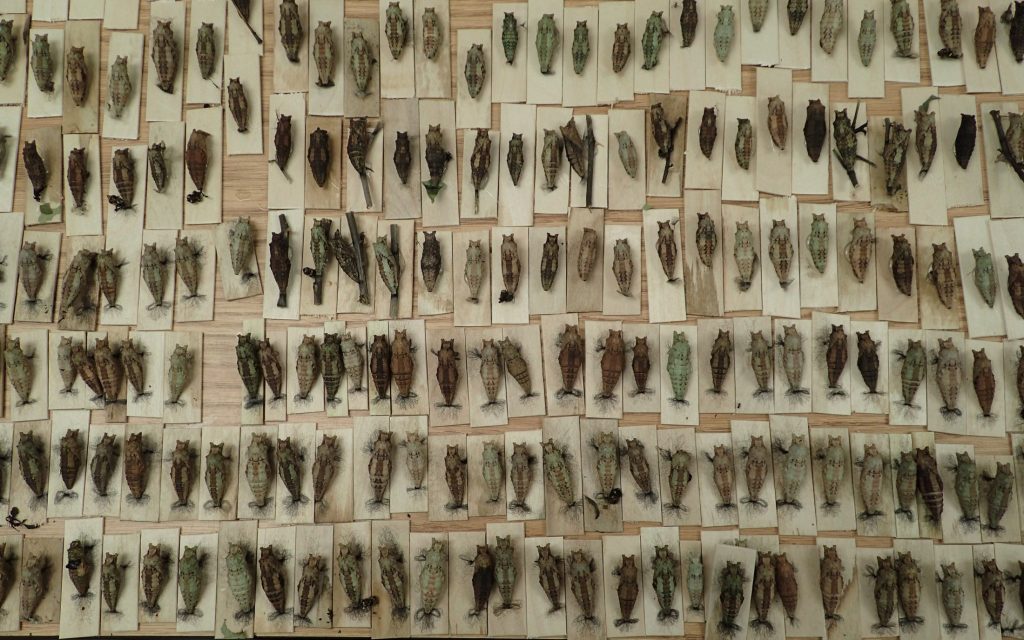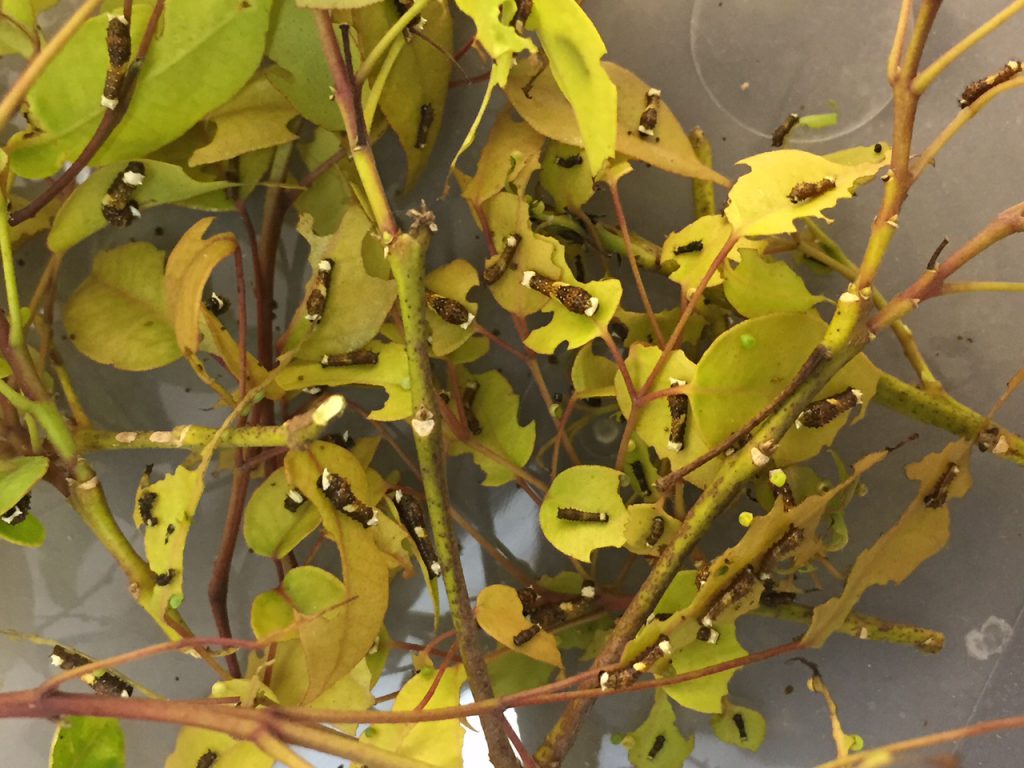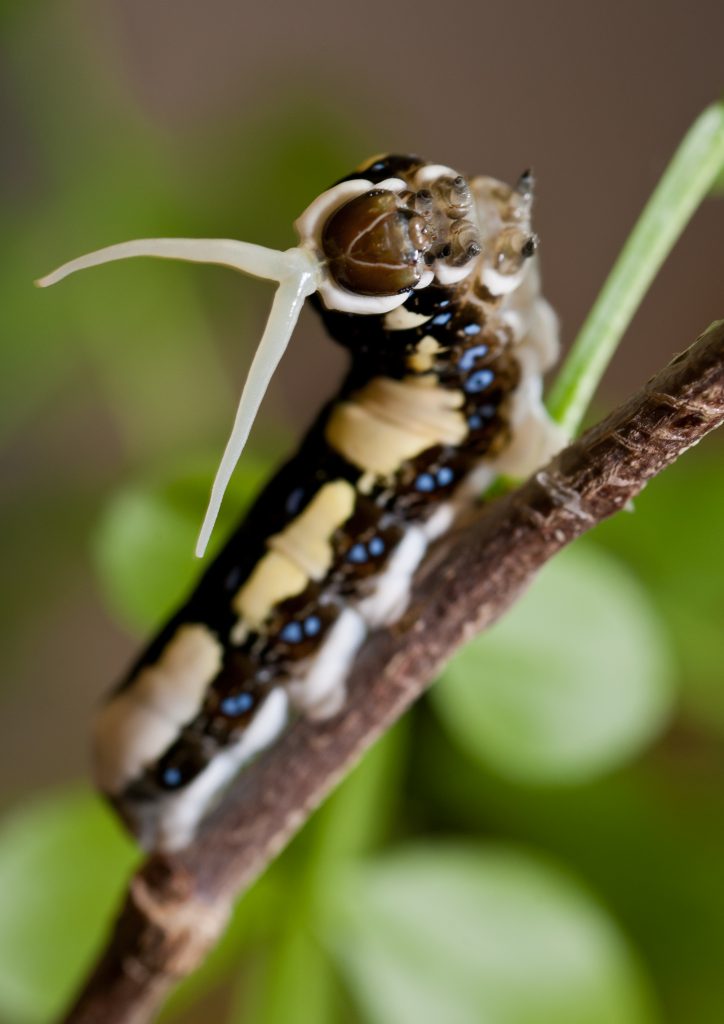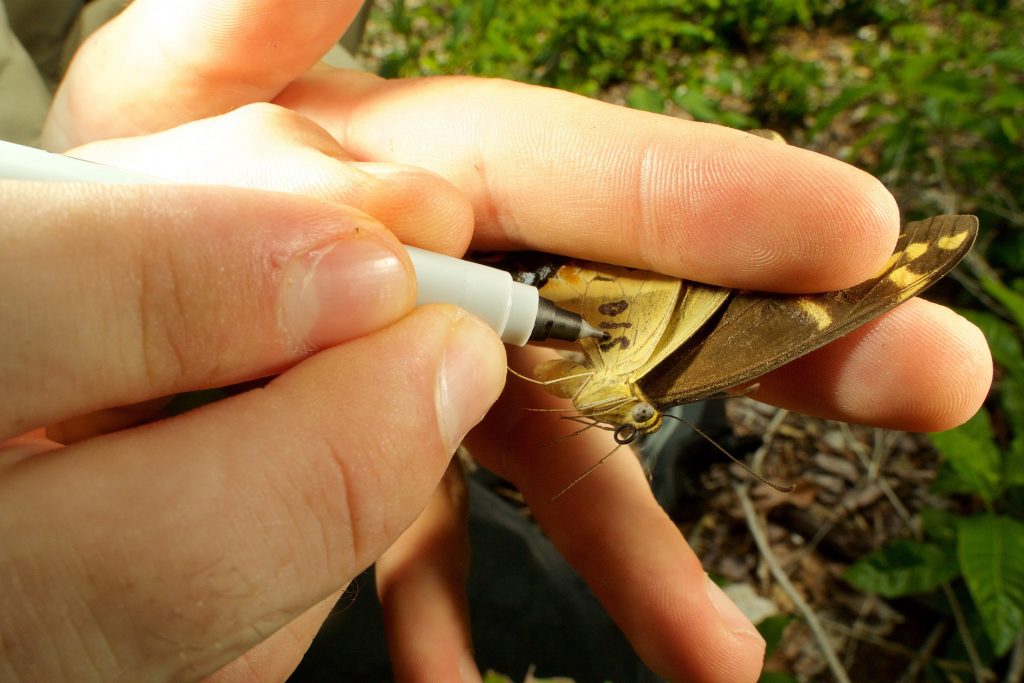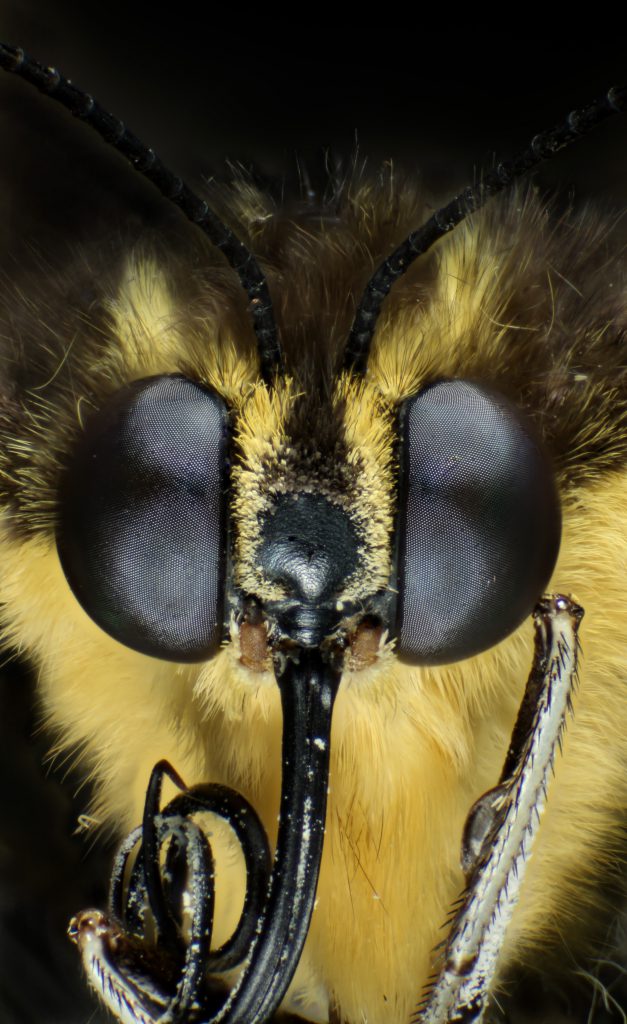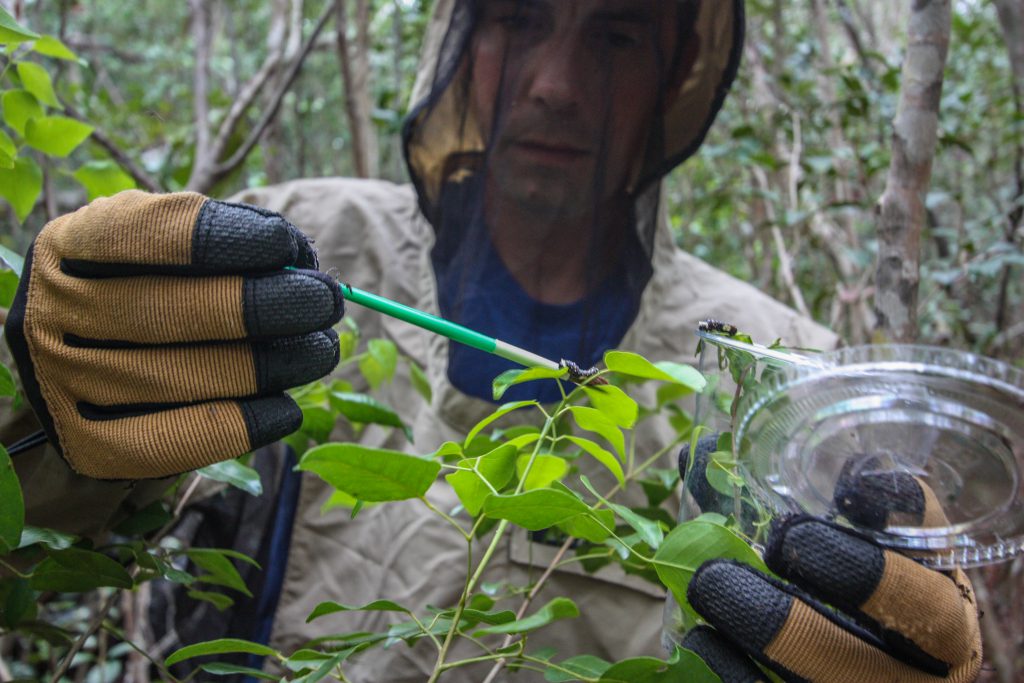The critically endangered Schaus’ Swallowtail (Heraclides aristodemus ponceanus) is a large, iconic butterfly found only in South Florida.
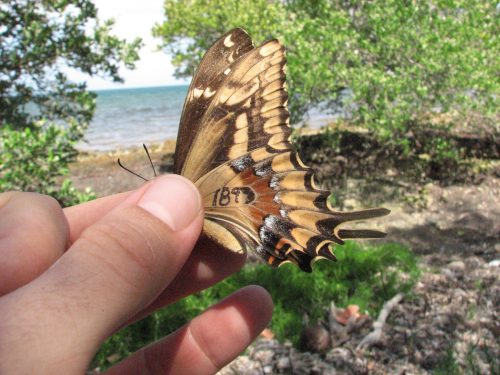
Historically, the butterfly inhabited dense upland forests called tropical hardwood hammocks from the greater Miami area south through the Florida Keys. Habitat loss and fragmentation over the past century have led to severe population declines and range reductions.
Today, Schaus’ Swallowtail is restricted to only a few remaining sites in the northern Florida Keys, making it one of the rarest butterflies in the U.S. and our only federally listed swallowtail. Although small numbers occur on Key Largo, the main population resides on islands in Biscayne National Park. As surveys found only four individuals range wide in 2012, the risk of extinction was thought to be very high.
Recovery efforts have helped boost wild population numbers significantly in recent years thanks to a combination of captive breeding, organism reintroductions, and habitat restoration. Plans are underway to establish new self-sustaining populations of Schaus’ swallowtails in the Florida Keys, in an effort to boost population numbers and expand its range. Since 2014, we have released nearly 1000 Schaus’ into the wild.
In addition to releases of wild individuals, our partner, Fairchild Tropical Botanic Gardens is currently growing the Schaus’ host plant, Torchwood (Amyris elemifera), for use in habitat restoration.
